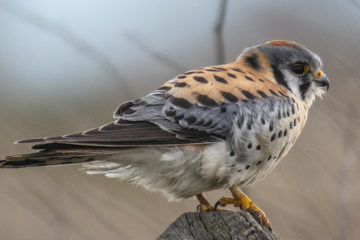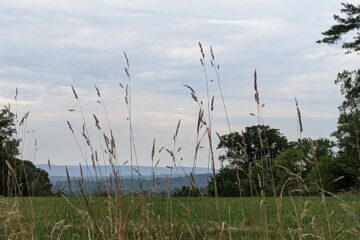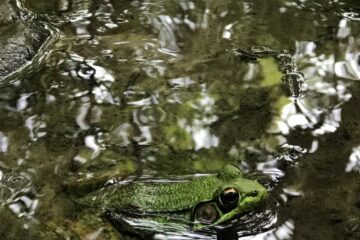In many ways, clean water, and the health of you and your family, depends on biodiversity – the variety of species in our local ecosystems. Native species are critical to the function of forests, wetlands, streams and aquifers – without them these systems would not be able to supply us with clean, healthy water, air, and land.
Living things provide valuable ecosystem services to us in the upper Raritan River region and beyond. They are critical in cycling water and nutrients like nitrogen, carbon, and phosphorous as they go about their jobs of capturing, storing a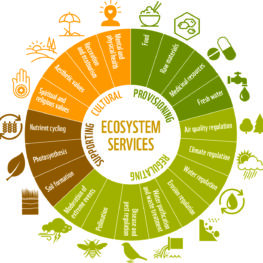 nd using energy for survival and reproduction. They also filter pollutants from our water. Not only our physical health but also our emotional health and sense of well being are associated with biodiversity.
nd using energy for survival and reproduction. They also filter pollutants from our water. Not only our physical health but also our emotional health and sense of well being are associated with biodiversity.
It is estimated that ecosystem services, providing clean air, soil, water, food, etc., total about $33 trillion a year. In particular, humans rely upon ecosystems such as forests and wetlands for their “products” including clean and abundant water supplies. This is in large part provided by the organisms in those ecosystems including microorganisms, fungi, plants and animals. Thus, if ecosystems are not functioning due to loss of native species, our drinking water supply is impacted. The diagram depicts various categories of ecosystem services, many of which are related to water and biodiversity (World Wildlife Fund).
We are losing our native biodiversity at an alarming rate! Major threats to biodiversity include habitat loss or degradation, loss of connectivity, invasive species, lack of stream buffers, climate change, development, pollution including stormwater runoff, roads, poor logging practices, illegal collection/hunting of plants and animals, gaps in regulatory protection, and lack of monitoring data for many groups of organisms.
Because much of what we do on the land ends up in the water, freshwater ecosystems and the species they contain are some of the most imperiled in the world.
Did you know we use the diversity of sensitive organisms in streams as indicators of clean, healthy water? Check our our award-winning stream monitoring program and learn how RHA and our corps of volunteer citizen scientists are kee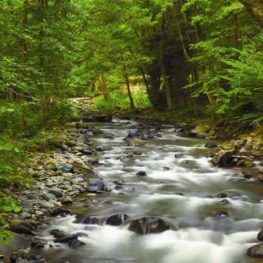 ping track of a stream near you.
ping track of a stream near you.
Raritan Headwaters has several other initiatives to monitor aquatic biodiversity and make sure the plants and animals in our streams and wetlands are protected. Learn more about our aquatic biodiversity projects.
Do you want to take part in studying biodiversity in your backyard and throughout the Upper Raritan Region? Learn how to participate in the ongoing Raritan Headwaters BioBlitz.
Also, learn ways you can create a backyard habitat to help native species thrive.
Questions? Please contact RHA’s director of science, Kristi MacDonald, PhD.

